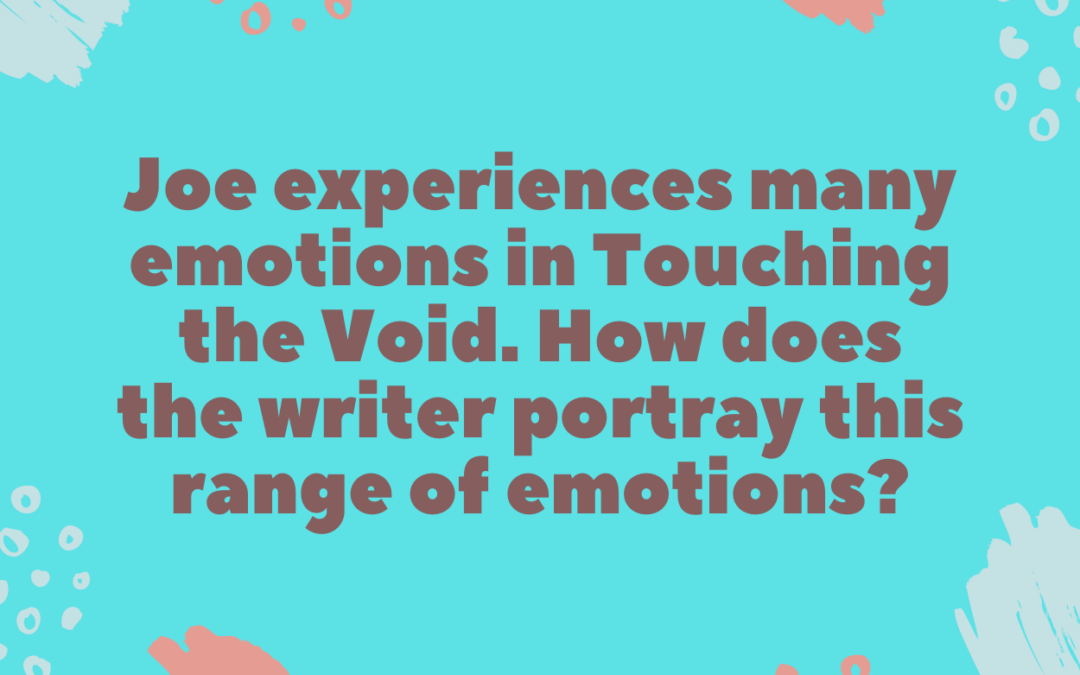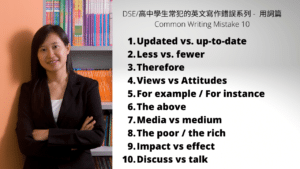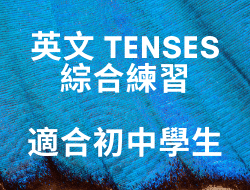Edexcel English IGCSE: Touching the void by Joe Simpson and Simon Yates
Q4. Joe experiences many emotions in the passage. How does the writer portray this range of emotions?
Edexcel English IGCSE Model Essay by an Expert
When Joe has his accident, he experiences pain and fear. He also undergoes a short period of denial, which is then subsumed by hopelessness. Joe also attempts not to allow his feelings of panic to overwhelm him.
Joe is in a great deal of pain in the passage, and this emotion is portrayed in a number of ways. A number of metaphors attempt to capture the extent of the pain, for example the metaphor of fire: “a fierce burning fire” and “the fireball”. This metaphor allows the reader to comprehend the burning pain that Joe is experiencing. When Joe kicks his leg to test whether or not it is broken, violent verbs are used to portray the intensity of the pain: “exploded”, “grated” and “rushed”. He also uses a triple structure to emphasise the pain: “ruptured, twisted, crushed”. From the intensity of the descriptions of Joe’s pain and injury, the reader appreciates that Joe is in a great deal of pain.
As well as being in pain, Joe experiences fear for his life, as he realises that he will probably die as a result of this accident. The thought of his death is described with the imagery of darkness, which is typically associated with death and the unknown: “something dark with dread” and “the dark thought”. Joe’s thoughts are written in the form of direct speech, allowing the reader insight into exactly what was going through his head. These fearful thoughts are fractured; they are in short, incomplete sentences, and broken up with ellipses, reflecting the breathless panic that Joe is experiencing.
At first, Joe goes through the experience of denial, but subsequently accepts his fate with desperate hopelessness. Initially, he tries to persuade himself that his leg isn’t broken. He even tests his leg by kicking it, “feeling sure it wasn’t broken”. It becomes clear that the leg is badly broken, but even then, Joe “tried not to believe what [he] was seeing”. This denial is a symptom of Joe’s fear, as he tries not to accept that he will die. However, by the end of the passage, Joe experiences the opposite emotion: complete hopelessness. The writer portrays this with repeated use of the future tense, in which Joe lists the certain, terrible outcomes of accident.
Despite all of these conflicting and terrifying emotions, Joe remains silent. This is because he is trying not to allow panic to overwhelm him. The writer expresses this sense of panic with an ironically fitting metaphor – “I could feel myself teetering on the edge of it” – he is both figuratively teetering on the edge of panic, and physically teetering on the edge of a cliff.




